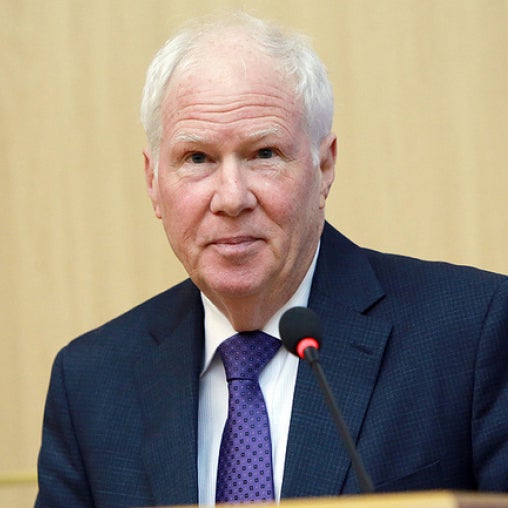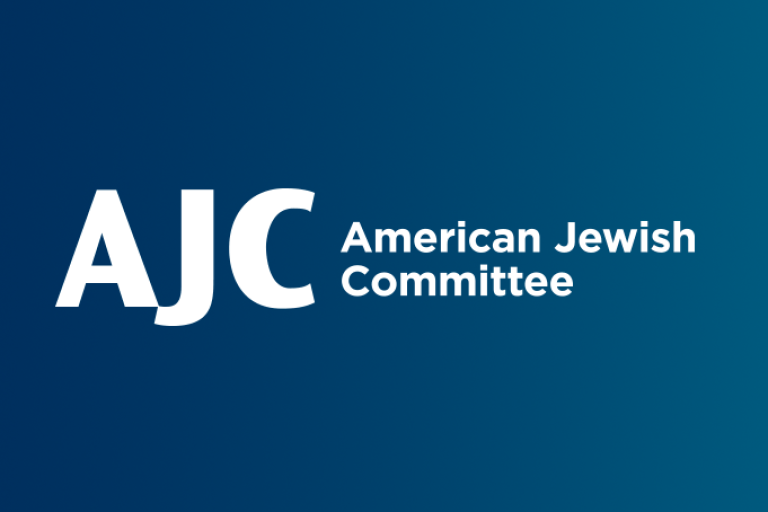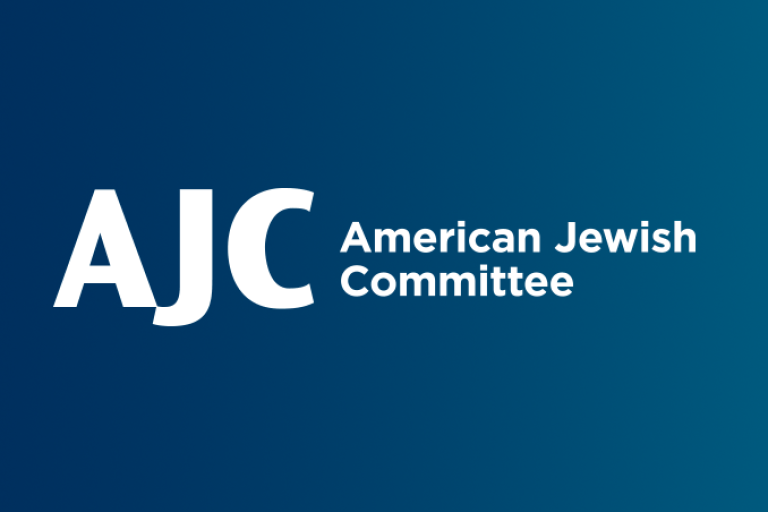August 3, 2021 — Washington, D.C.
This piece originally appeared in the Forward.
With the appointment of Professor Deborah Lipstadt as the new Special Envoy to Monitor and Combat Antisemitism attention will focus on the Biden Administration’s plans to confront the persistent scourge of antisemitism which has even increased in the wake of the COVID pandemic and the recent conflict. She will have an enormous task taking on the global reach of this age-old hatred, even as others will need to address the challenge of antisemitism here in the United States.
One of the most important and useful tools in the global fight is the Working Definition of Antisemitism.
There were over a dozen “authors” of this definition, originally issued by the European Union’s Monitoring Centre on Racism and Xenophobia in 2005 — scholars on antisemitism, Jewish organizational experts and advocates in Europe, Israel and the United States. I was one of them, and I led the efforts to negotiate the language of the definition with the director and staff of the EUMC. My American Jewish Committee colleague at the time, Ken Stern, helped gather and combine the many drafts into a final coherent text. Many of those original authors remain convinced this one-page definition is a critical tool in understanding and combating antisemitism that merits widespread adoption and use. Only one of them has become a vocal critic.
In his recent opinion piece for the Forward, Ken Stern — that one critic — asserts that the definition was intended to improve the collection of data on antisemitic incidents but instead “has been primarily used to suppress and chill pro-Palestinian speech.”
Nothing could be further from the truth.
This working definition has been endorsed by the Secretary General of the United Nations, the European Parliament and the Organization of American States, among many other groups, and has been used by the State Department to guide its assessment of antisemitism around the world since it first appointed a Special Envoy to Monitor and Combat Antisemitism in 2006. A majority of EU Member States have formally adopted the working definition — including Sweden, the one EU Member that has accorded full diplomatic recognition to Palestine.
One could hardly accuse any of these groups of conspiring to suppress pro-Palestinian voices. Their collective endorsement underscores the working definition’s importance in the global arena, the focus of the soon-to-be-confirmed new U.S. Ambassador to Monitor and Combat Antisemitism.
The working definition offers a set of clear and understandable examples that illustrate the various forms antisemitism can take, including the new forms of antisemitism that we were witnessing at the time of its drafting. We saw that Jews were being targeted by those with a hatred of Israel, and that anti-Zionism could be a mask for traditional antisemitic prejudice. Israeli soldiers clashing with Palestinians were accused of perpetrating a modern day “blood libel.” Popular cartoons depicted a Palestinian mother holding a Jesus-like figure wearing a kaffiyeh, a soldier with a Jewish star on his back, stabbing him with a bayonet, and the caption reading “They are killing him again.”
We recognized that Israel itself was being demonized and its very right to exist called into question. Can anyone deny that these same problems still exist in 2021?
Unfortunately, we have recently seen attacks on Jews and Jewish targets in multiple European cities, ranging from Paris to Oslo to Berlin, being ignored or dismissed by police or other authorities because the perpetrators harbored anti-Israel views. They are “excused” because they are presumably politically motivated, which can serve to rationalize even the most shocking crimes, such as the firebombing of a synagogue in Wuppertal, Germany. Applying the working definition should ensure that all antisemitic incidents are treated seriously by law enforcement, whether they are lethal attacks or the much more frequent cases of physical and verbal harassment that many Jews face in their daily lives.
The working definition is careful to advise that the examples of antisemitism may depend on the context, so one should consider the overall situation in which these incidents occur. It further states that criticism of Israel per se is not antisemitic. It is intended to open eyes, not put blinders on them.
The purpose of the working definition, then and now, is to help all those who have an interest and responsibility to address antisemitism to identify it. This includes police, prosecutors, judges, local and national elected leaders, hate crime monitors and data collectors.
Since IHRA adopted the working definition in May 2016, there has been a steady increase in its adoption and application by national and local governments worldwide. They have been joined by over 450 sports teams, universities, news agencies and other organizations around the world.
Several governments and the European Union itself have appointed special envoys and national commissioners to develop programs and action plans to combat antisemitism. These envoys, from Canada, the United Kingdom, Germany, France and elsewhere, understand that antisemitism may play out differently in their respective countries. The sources and the threats may vary, and the security needs and educational programs will differ. But they all agree that the IHRA Working Definition is an essential tool in the fight.
Secretary of State Blinken and others in the Biden Administration have likewise reaffirmed U.S. support for advancing the IHRA working definition, and we should anticipate that Ambassador Lipstadt will join her colleagues across the globe in putting it to use.
Rabbi Andrew Baker is the American Jewish Committee’s Director of International Jewish Affairs.



